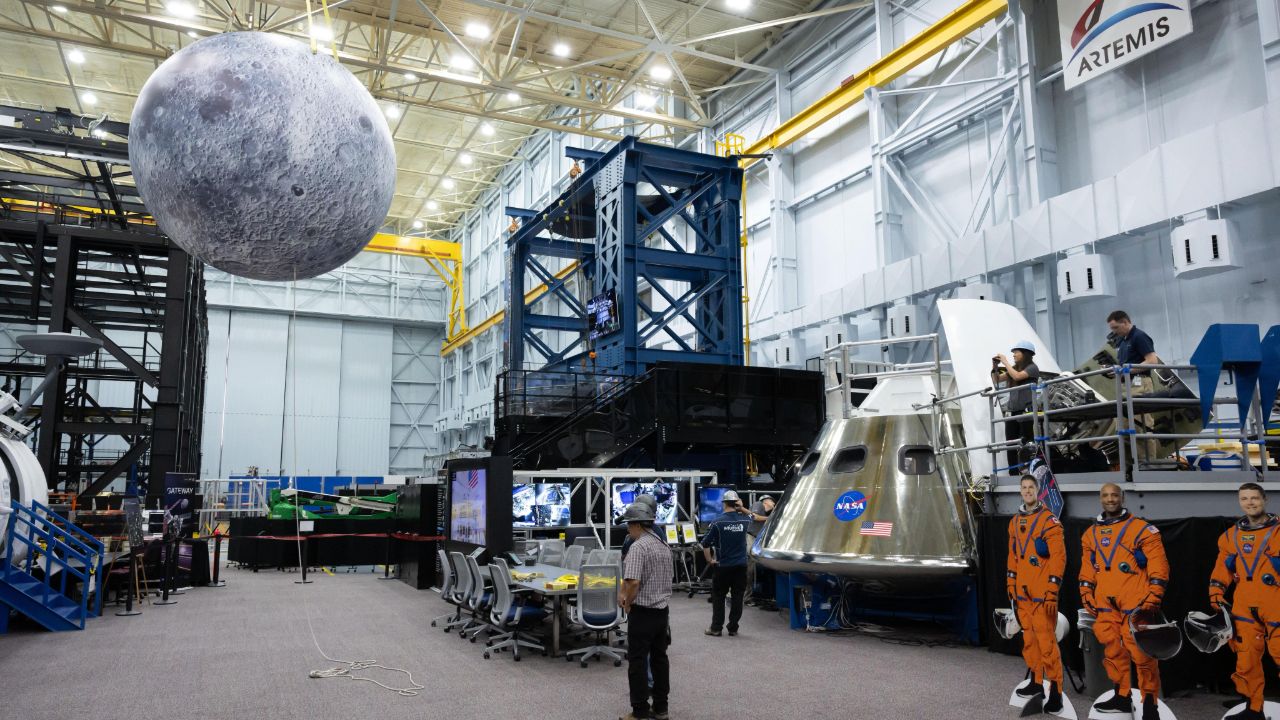As the launch date for NASA’s Artemis 2 mission approaches, the four astronauts involved are intensifying their preparations for this significant journey to the moon. Scheduled for April 2026, Artemis 2 will mark the first crewed lunar mission of the Artemis program, taking the astronauts on a ten-day journey around the moon before returning to Earth.
The training for this historic mission is taking place at NASA’s Johnson Space Center in Texas. At this facility, astronauts are using advanced simulators, mockups, and even inflatable models of the moon to enhance their skills. Recently, NASA’s Goddard Space Flight Center in Maryland shared images of the Artemis 2 crew practicing camera operations with a life-sized inflatable moon and a mockup of the Orion capsule.
Training Enhancements for Astronauts
These training sessions are critical for ensuring that the astronaut team can effectively navigate and operate their equipment in space. By simulating various visual conditions, the crew can improve their ability to respond to unexpected challenges. The practice allows them to refine their camera operations and visual navigation skills, which are essential for the mission’s success.
The Artemis 2 crew consists of experienced NASA astronauts Reid Wiseman as commander, Christina Koch as mission specialist, and Victor Glover as pilot. They are joined by Jeremy Hansen from the Canadian Space Agency, making this mission a landmark collaboration between nations.
In preparation for their flight, the astronauts recently donned their space suits and entered the Orion spacecraft for the first time. This hands-on experience is vital as they familiarize themselves with the vehicle they will be operating during the mission.
Significance of the Artemis 2 Mission
Artemis 2 is not just a step toward returning humans to the lunar surface; it represents a broader vision for future exploration. The mission aims to establish a sustainable human presence on the moon, paving the way for further exploration of Mars and beyond. Although the mission has faced delays, the targeted launch in April 2026 is a crucial milestone for NASA and the international space community.
As excitement builds for Artemis 2, the training and preparation of the astronaut team highlight NASA’s commitment to safety and excellence in space travel. With each step taken in the simulators and mockups, these astronauts are not just preparing for a mission; they are participating in a new chapter of human exploration.
For those interested in the ongoing developments of the Artemis program and humanity’s journey back to the moon, further information is readily available through NASA’s official channels.
